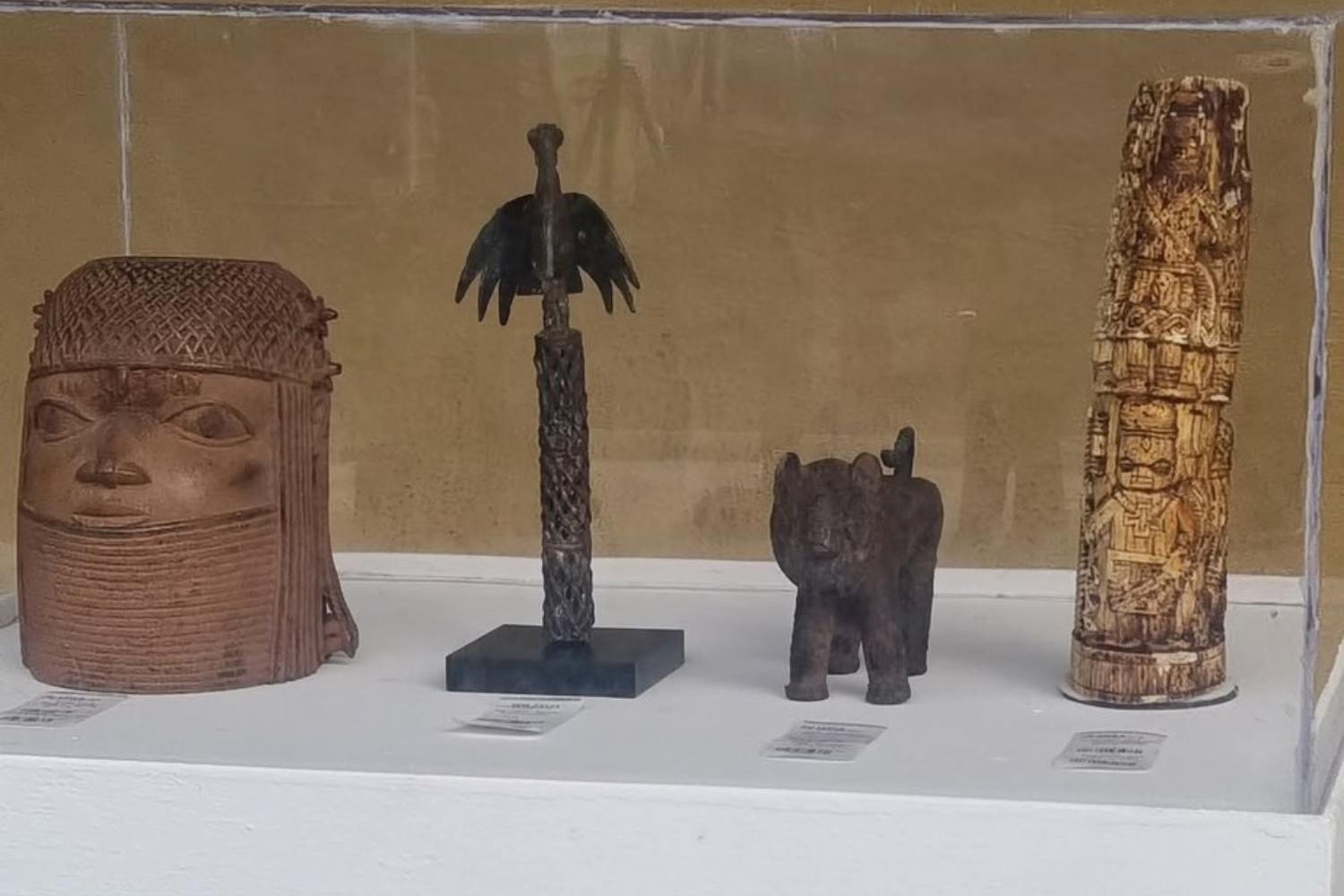Netherlands returns 119 Benin Bronzes to Nigeria in historic cultural repatriation, marking largest single restitution of colonial-era artifacts ever recorded

Table of contents
After years of international pressure and delicate negotiations, the Netherlands has finally returned 119 Benin Bronzes to Nigeria, artifacts that were plundered during the colonial era. This repatriation represents one of the most significant acts of cultural restitution ever undertaken between Europe and Africa—not just for the sheer number of objects involved, but for their profound symbolic weight in healing historical wounds.
The Benin Bronzes themselves tell a story that spans centuries. This remarkable collection of bronze, brass, and ivory artifacts—including statues, plaques, human and animal figures, bells, and royal insignia—was crafted between the 15th and 19th centuries in the Kingdom of Benin, an ancient state located in what is now southern Nigeria. These masterpieces weren’t simply decorative objects; they were the visual embodiment of a sophisticated civilization’s power, spirituality, and artistic mastery.
The 1897 plunder that scattered a kingdom’s soul
The tragedy that scattered these treasures began in 1897, when these works were looted during a British military expedition that devastated the kingdom’s capital and shipped thousands of cultural treasures to museums and private collections across Europe. It was cultural vandalism on an industrial scale, one that would leave Nigeria’s artistic heritage scattered across Western institutions for more than a century.
The Dutch government made the repatriation official on June 21st during a ceremony in Lagos, with Nigerian representatives and the traditional monarch, Oba Ewuare II, in attendance. The Oba described the gesture as nothing short of “divine intervention“—words that capture the almost spiritual significance of seeing these ancestral artifacts return home after so many decades in exile.
This handover was made possible through collaboration between the Netherlands’ Ministry of Education and Nigeria’s National Commission for Museums and Monuments, an organization that has spent years working tirelessly for the repatriation of cultural heritage scattered during colonialism. It’s painstaking work, requiring not just diplomatic finesse but also the careful documentation of provenance and cultural significance.
A broader movement toward museum decolonization
This restitution forms part of a much larger museum decolonization movement that has gained momentum in recent years, with several European countries—including Germany, the United Kingdom, and France—beginning to acknowledge their historical responsibilities for the pillaging of cultural assets during the imperial era. It’s a reckoning that’s been long overdue, as museums grapple with the uncomfortable reality that many of their most prized collections were built on colonial extraction.
According to Marieke Van Bommel, director of the Wereld Museum, the Netherlands is committed to returning all objects that don’t rightfully belong to them. It’s a refreshing departure from the traditional museum stance of “universal collections” that often served as euphemisms for keeping stolen cultural property.
The director of the Nigerian commission, Olugbile Holloway, declared this the largest single restitution ever recorded, emphasizing that the work to recover other objects continues with the goal of reconstructing the country’s cultural memory. It’s about more than just returning objects—it’s about restoring the narrative threads that colonialism deliberately severed.
Healing the wounds of cultural displacement
The return of the Benin Bronzes isn’t merely an act of historical justice; it’s also a fundamental step toward strengthening the cultural identity of African communities and reestablishing the connection between past and present, after more than a century of silence imposed by colonization. These artifacts carry within them the voices of ancestors, the wisdom of traditional craftsmanship, and the pride of a civilization that European colonizers tried to erase from history.
For Nigeria, this moment represents more than the return of beautiful objects. It’s the restoration of cultural dignity, the healing of historical trauma, and a powerful statement that the long arc of justice, however slowly, does indeed bend toward righteousness.
Nigeria received 119 Benin Bronzes from the Netherlands, marking one of the largest restitutions of colonial-era artifacts since British forces looted the treasures from Benin City in 1897 pic.twitter.com/38yf0IcMTX
— Reuters (@Reuters) June 19, 2025
